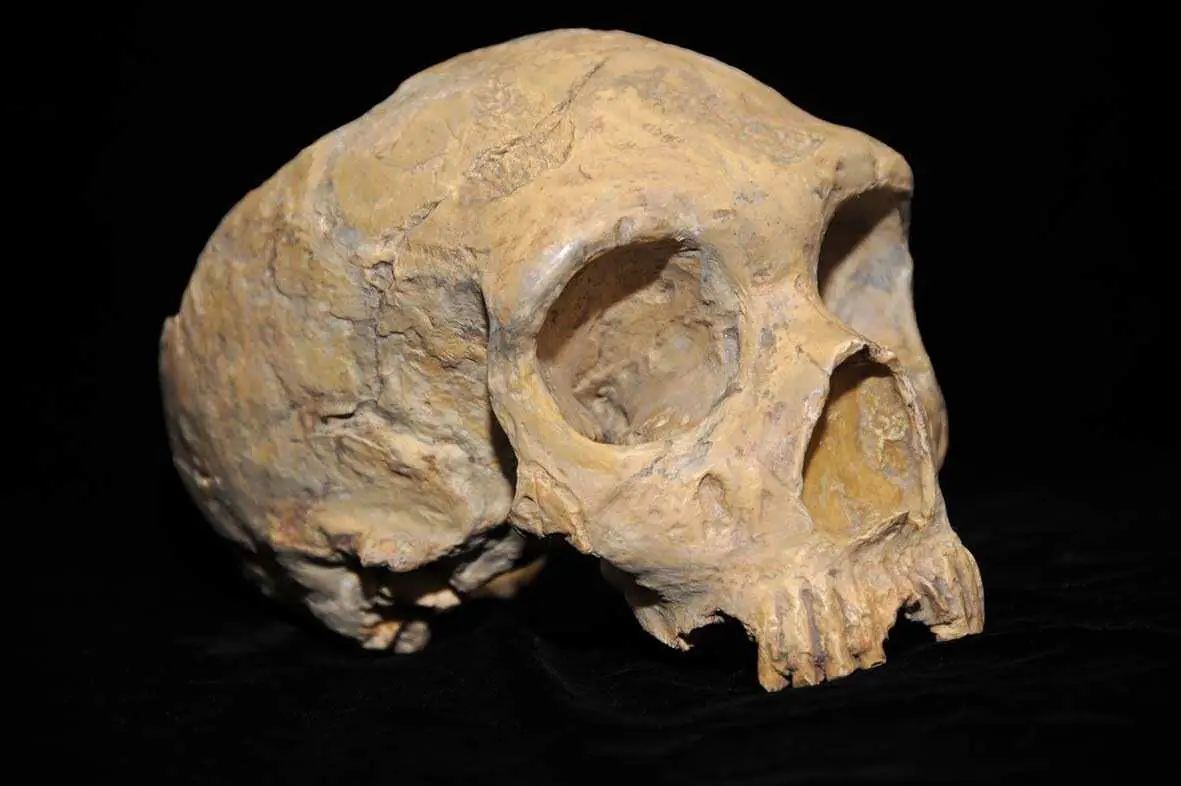A new study of Bajondillo Cave (Málaga) by a team of researchers based in Spain, Japan and the UK, coordinated from the Universidad de Sevilla, reveals that modern humans replaced Neanderthals at this site approximately 44,000 years ago.
The research, to be published in Nature Ecology and Evolution, shows that the replacement of Neanderthals by modern humans in southern Iberia began early, rather than late, in comparison to the rest of Western Europe.
Western Europe is a key area for understanding the timing of the replacement of Neanderthals by early modern humans (AMH). Typically in Western Europe, late Neanderthals are associated with stone tools belonging to Mousterian industries (named after the Neanderthal site of Le Moustier in France), while the earliest modern humans are associated with succeeding Aurignacian industries (named after the French site of Aurignac).
The final replacement of Neanderthals by AMH in western Europe is usually dated to around 39,000 years ago. However, it’s claimed that the southern Iberian region documents the late survival of the Mousterian, and therefore Neanderthals, to about 32,000 years ago, with no evidence for the early Aurignacian found elsewhere in Europe.
This new dating study of Bajondillo Cave, instead calibrates the replacement of Mousterian industries by Aurignacian ones there to between ~45-43,000 years ago, raising questions about the late survival of Neanderthals in southern Iberia. Further research is necessary to determine whether the new Bajondillo dating indicates an earlier replacement of Neanderthals across the whole of southern Iberia, or in fact, an altogether more complex scenario of co-existence over several millennia.
Co-author Jimenez-Espejo explains that the takeover by modern humans at the site at Bajondillo was not associated with a Heinrich (severe cooling) event, “Heinrich events represent the harshest and most variable climate conditions in Western Europe at the millennial scale, but at least in this Mediterranean coastal region, they did not control the Mousterian to Aurignacian transition.”
This research also highlights coastal corridors as the favoured routes for early AMH.
Professor Chris Stringer, Research Leader at the Natural History Museum and co-author of the study, said ‘Finding such an early Aurignacian from a cave so close to the sea adds to speculation that the Mediterranean coast could have been used by modern humans dispersing into Europe. This dating also fits with growing evidence that Homo sapiens had already spread rapidly across much of Eurasia more than 40,000 years ago’.
Considering the importance of coastal regions, co-author Arturo Morales-Muñiz suggested that the Bajondillo evidence also revives the idea that the Strait of Gibraltar could have been a potential dispersal route for early modern humans out of Africa.
Header Image Credit : CC License – AquilaGib







